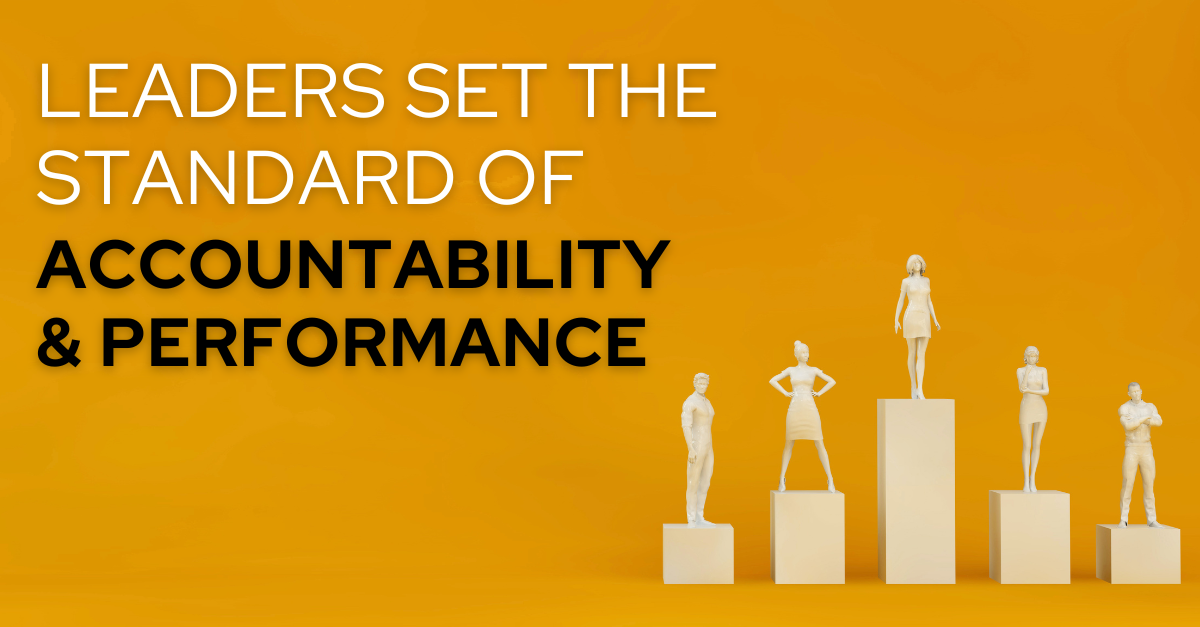In the past, when change happened less frequently, a leader could get by without being a proficient change agent. Today, it’s a completely different story. Change is occurring in virtually every corner of business and industry, and the pace of change is increasing rapidly. Being an effective change agent is no longer just a nice leadership skill to have, it has become an essential leadership competency.
Possibly the toughest part of leading change is generating enough excitement and momentum to inspire others to WANT to do things differently. That’s usually a tall order because there are built-in rewards for maintaining the status quo. Psychologists will tell you that “all behavior is rewarded.” The difficulty in getting people to change is convincing them to abandon current behaviour that’s providing their current reward in favour of new behaviour that promises a better reward.
In his seminal book, Leading Change, John Kotter wrote “If the urgency rate is not high enough, you will never find enough time to complete the process.” That’s another way of saying that people must believe that changing their behaviour is absolutely necessary before they will get on board. The following 3 steps and 6 strategies will help you to inspire this belief in others.
Three Steps to Create a Case for Change
If you were going to great a compelling case to change how your organization develops its leaders, here are some steps and facts you might use.
1) Get clear data on reality. What is our current condition? What are we not able to do that we want to do? What can we do now that we will not be able to continue to do if we don’t act? How will individuals be affected if something doesn’t change?
Here are some of the kinds of facts that point to the reality of your current leadership development and succession program:
- Likely retirements over the next 5 – 7 years.
- How long it currently takes to fill leadership or other critical positions.
- What is the opportunity cost of vacancies? (Click here for the Vacancy Opportunity Cost Formula)
- How many of our critical positions have an internal candidate who is ready to replace the incumbent?
2) Highlight the drivers of change. What is driving the need for change? When it comes to leadership and talent development, the retiring baby-boomers are creating a world-wide leadership shortage. Baby-boomers hold a disproportionate amount of the leadership positions in business and society. Their exodus from the labour market has begun and will continue to accelerate over the next 10 – 15 years.
In addition to the retiring baby-boomers, various organizations and industries may have other factors driving the need for better internal talent and leadership development. These factors may include:
- A desire to improve employee engagement and retention.
- Limitations to access new talent such as fewer graduates in a specific discipline or field.
- More complexity that requires leaders to have greater breadth of experience across various segments of the organization.
- Ambitious growth targets.
- A more competitive landscape that necessitates a more capable and efficient workforce.
3) Paint a picture of the desired future. What will we be able to do that we can’t do now? What will the culture be like? How will our lives be easier, better, or more successful? What will be the personal pay-off for each stakeholder group for making the change?
Martin Luther King articulated the future of America perfectly when he said “I have a dream that one day little black boys and girls will be holding hands with little white boys and girls.” I can see that image in my mind, and so could the people King inspired to lead the civil rights movement.
I explain in this 5 min video that only a purpose-driven and people-first culture can sustain an effective leadership and talent development program. A purpose-driven and people-first culture is a non-blame learning environment where people feel safe and supported to make decisions to achieve the organization’s purpose. It is a place where leadership is more than simply a title – it’s a commitment to care about the wellbeing of those they lead as much, if not more so, than the work they produce.
You can apply the three steps above to present a solid case for any change, but if you want to create a truly compelling case, try incorporating the following six strategies.
Six Strategies to Create a Compelling Case for Change
1) Contrast Current vs Future State. The classic example of this strategy is Martin Luther King’s “I Have A Dream” speech. He constantly juxtaposed ‘what is’ with ‘what could be’ to create psychological tension and excitement that drew the listeners toward the ideal state he was describing. Nancy Duarte explains in this TED talk how she discovered this pattern in many of the greatest speeches. This strategy is compelling because it draws on two powerful motivators: avoiding pain and moving towards pleasure. This works far better than simply creating a so-called “burning platform” to compel people to “jump” (which is common change management lingo). This is because it draws the listener toward something positive, not just away from the negative.
2) Make it rational and emotional. You obviously need to engage your audience’s brains by making your case rationally compelling, but many presenters often fail to engage the real decision maker: their audience’s emotions. The best way to engage emotions is to tell a story that highlights the human impact of the change you are proposing, or the reality of the current situation.
3) Use Metaphor. Metaphors are powerful because they enable language to be experienced through the senses. Being able to see, feel or taste a concept allows people to literally “feel” what you are saying because their emotions are being triggered by their senses. For example, when Pablo Picasso wrote “Art washes away from the soul the dust of everyday life.” we might compare art to feeling refreshed, renewed and invigorated. In addition to provoking our audience’s emotions, metaphors appeal to the rational brain because they explain the complex by comparing them to the simple and familiar.
4) Make the Problem Visual. A great example of this is the “gloves on the boardroom table” story. A supply chain executive was convinced that his company was wasting a great deal of money by using too many vendors to supply the same types of products. Unfortunately, none of the other executives paid much attention to his calls for change. So he enlisted the help of a summer student to find out how many different types of gloves his company was purchasing from various vendors at various prices. Turns out they were purchasing 424 different gloves! So he collected all 424 different gloves, tagged each glove with the price and supplier, dumped them on the boardroom table and invited the executives to see the problem for themselves. Needless to say, it worked!
5) Highlight your own “Bright Spots.” Don’t simply describe the best practices of others, highlight your own organization’s best practices. People don’t appreciate it when their parents say “Be more like your brother,” so we can expect a similar reaction at an organizational level. The trick is not to tell an organization to be like some other organization; it’s to encourage them to be themselves at their best moments. This sends the message “We can actually do this because we’ve done it before!” This strategy is described in the book Switch: How to Change Things When Change Is Hard and summarized in this article.
6) Articulate your new identity. This strategy is a combination of several strategies described above. It’s the answer to the questions “What will the organization be like when the change has happened, and why is it cool?” If the change you want to promote is safety, you might highlight several burly men in full Personal Protective Equipment with the caption “We make safe look good.” Or you might share a story about a respected employee whose life was saved because they followed the safety protocol. If the change you want to promote is a leaner, decentralized organization that can react quickly to changes in the marketplace, you might use the metaphor of an elephant standing next to several cheetahs. The caption under the elephant would read “What we were.” The caption under the cheetahs would read “What we are now.” The key is to celebrate the new identity so that people will want to be associated with it.
Get a Running Start
For change initiatives to succeed, they must be led by people who have the ability to generate excitement and momentum towards the desired end state. Change is hard. It’s like pushing a car up hill. It can be done, but you need to begin pushing the car on a stretch of flat road to gain momentum long before you get to the incline. Following the steps and strategies outlined above will help leaders build the momentum needed to overcome the inevitable resistance along the way.
______________________________________________________________________________________






One Response
This is outstanding. Great information that any business can gather something from. Keep up the good work.